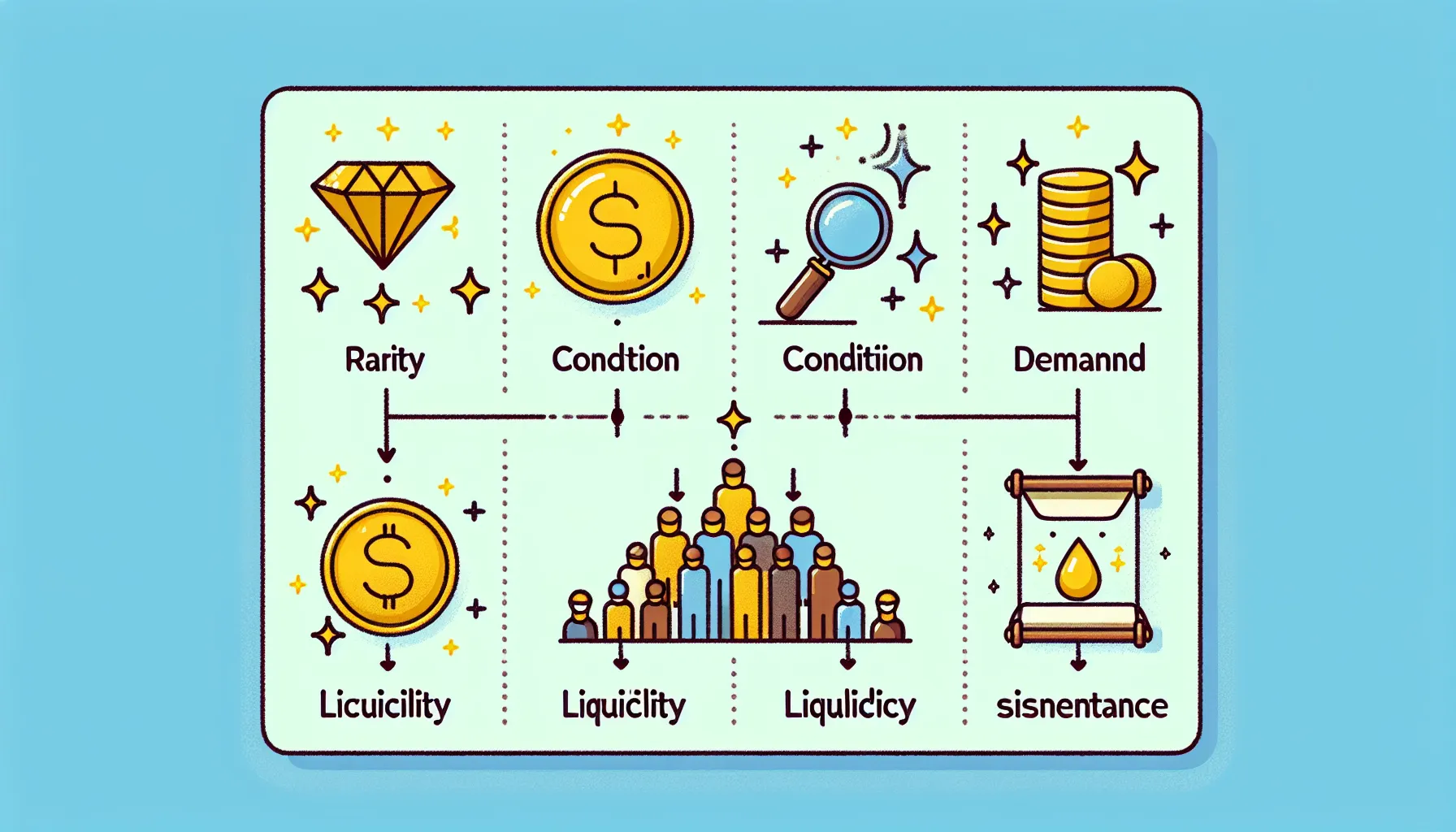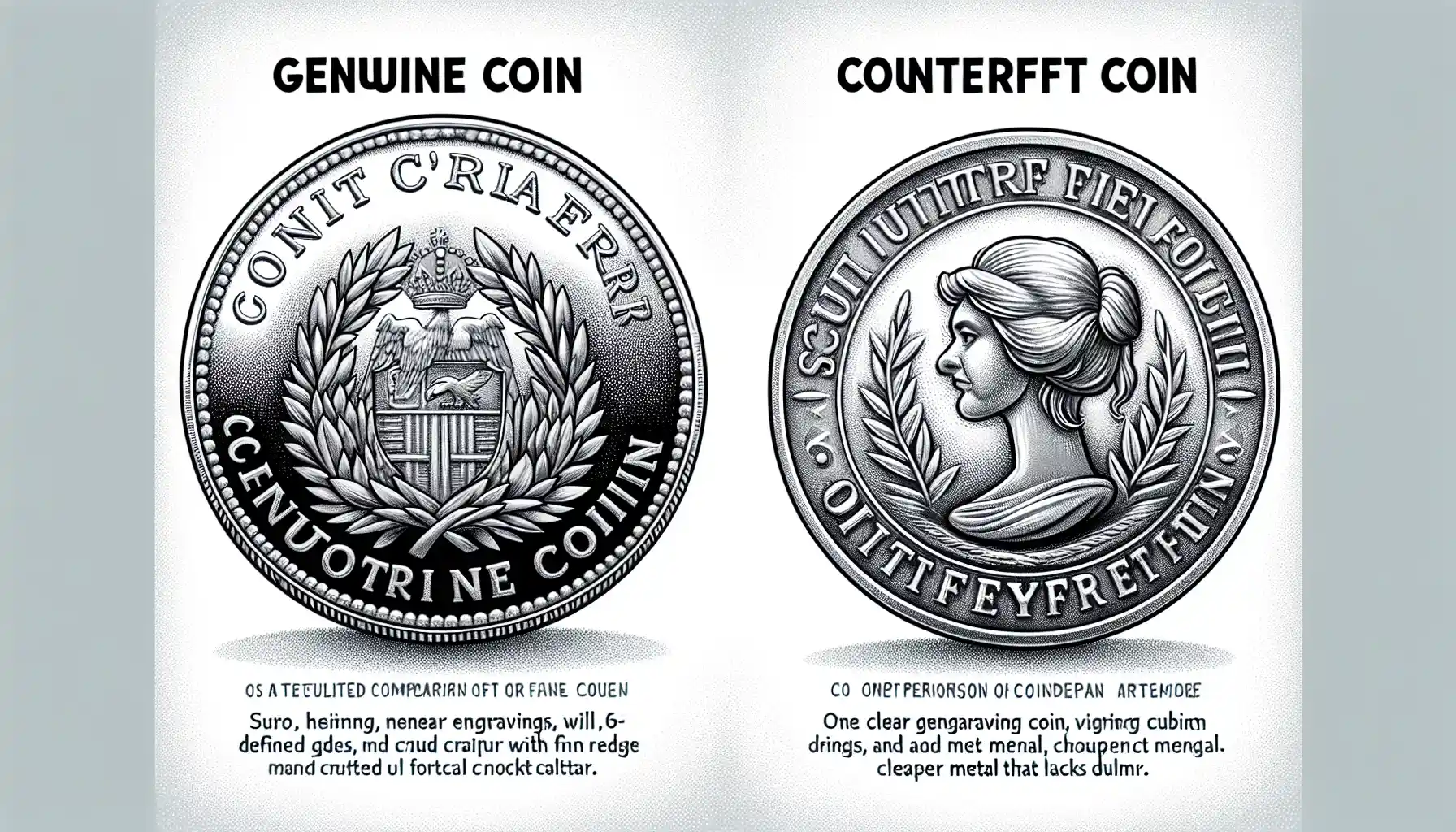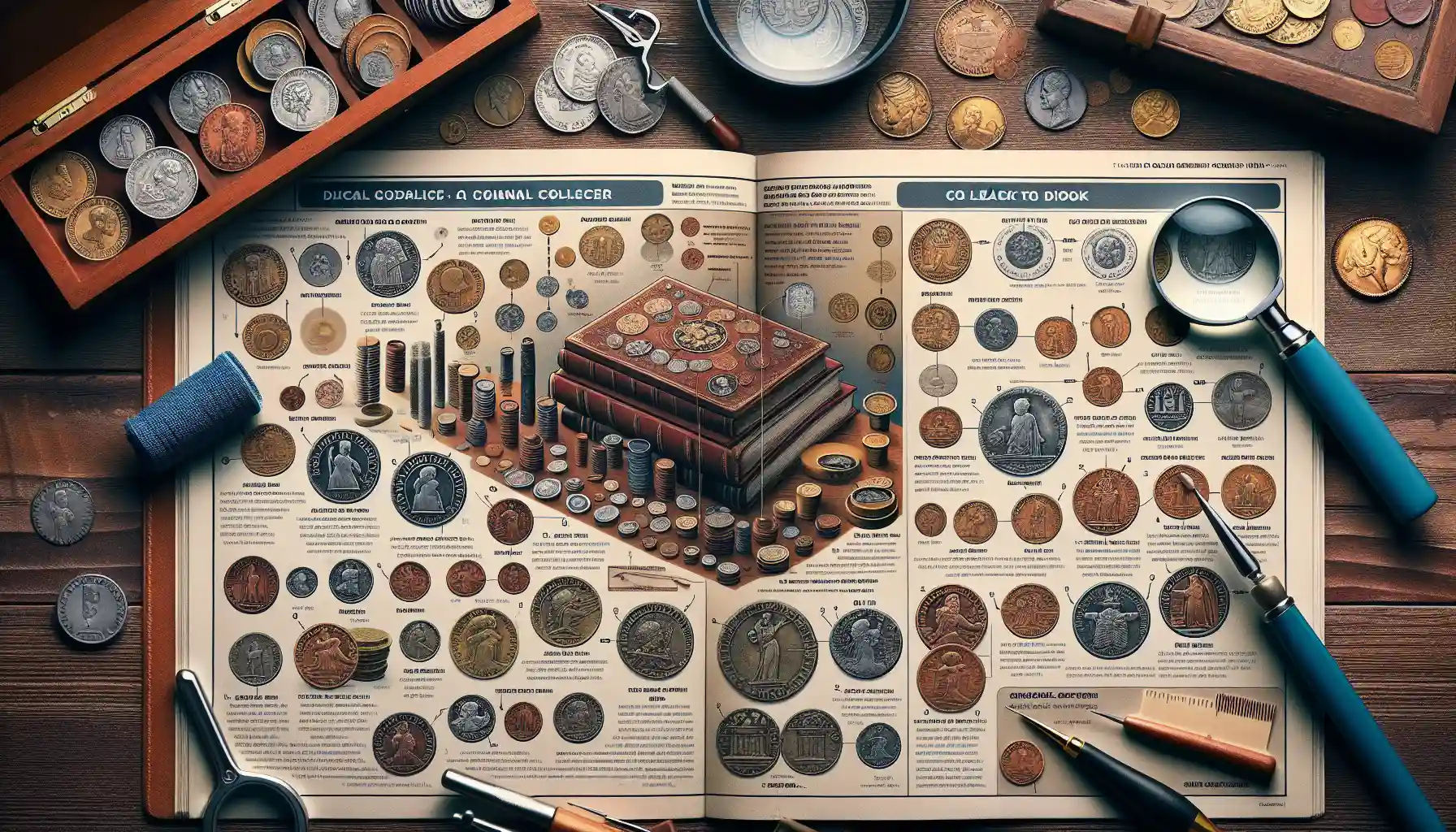Understanding Coin Errors and Their Significance
Spotting the Unexpected: When Coins Defy the Mint
Imagine holding a coin that feels... different. Maybe the date looks off-center, or there's a curious crack running through the design. These quirks aren’t just flaws—they’re stories, whispers of something gone awry during the minting process. And for collectors? These “mistakes” can transform an ordinary coin into a rare treasure.
Some of the most sought-after errors include:
- Double Dies: Where letters or numbers appear shadowed or doubled, as if the coin had too much coffee before work.
- Off-Center Strikes: A coin where part of the design is missing, like a photo taken at the wrong angle.
- Clipped Planchets: Pieces of the coin seem to have been nibbled away—perfectly imperfect.
But not all errors are obvious. Sometimes, it’s a faint smudge, a slightly skewed letter, or even a metallic shimmer that’s unusual. The thrill lies in the hunt, doesn’t it? That moment when you spot something others might overlook. It's like finding a four-leaf clover among endless blades of grass. Keep your eyes sharp—you never know what treasure might be hiding in plain sight!
Types of Rare Coin Errors That Collectors Seek
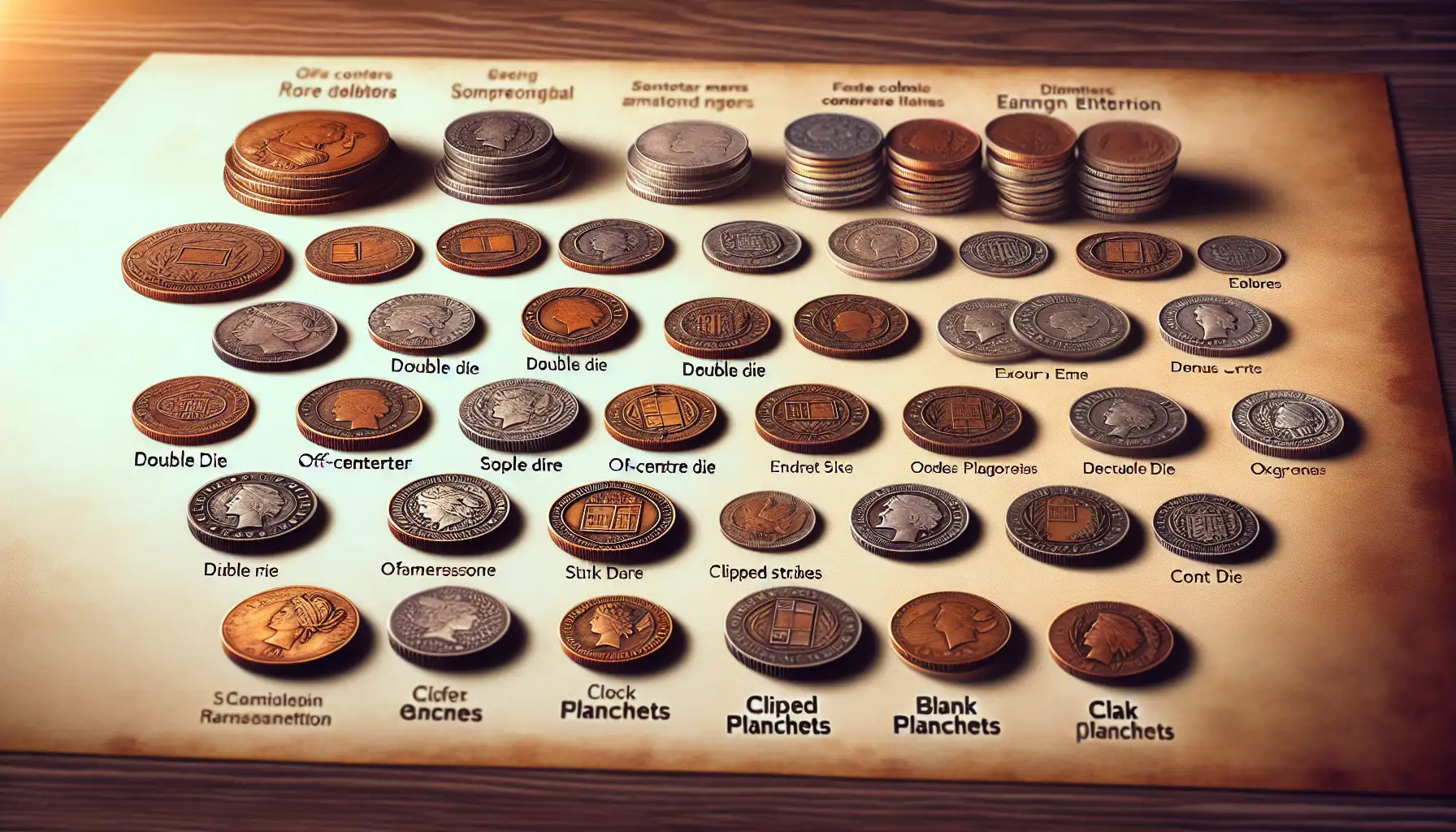
Unexpected Flaws That Spark Collector Frenzy
Imagine holding a coin in your hand and spotting a detail so rare, it feels like unearthing buried treasure. That’s the allure of rare coin errors—they’re tiny time capsules with quirks that tell a story. Some of these errors, like a misspelled word or a double strike, can send collectors into a frenzy.
So, what kinds of flaws make coins irresistible to enthusiasts? Let’s dive into a few fascinating examples:
- Double Die Errors: Ever seen a coin where the design looks like it’s wearing a shadow? That’s a double die error—caused by a misalignment during minting.
- Off-Center Strikes: These coins look like they’ve had one too many spins on a merry-go-round. Part of the design is missing, giving them a quirky, incomplete charm.
- Clipped Planchets: Picture a bite taken out of the edge of a coin. These occur when the metal blanks used for minting are improperly cut.
Each imperfection is like a fingerprint—a one-of-a-kind mark that transforms a simple coin into a coveted piece of history. It’s these oddities that keep collectors chasing after their next find!
How to Spot Rare Coin Errors: A Step-by-Step Guide
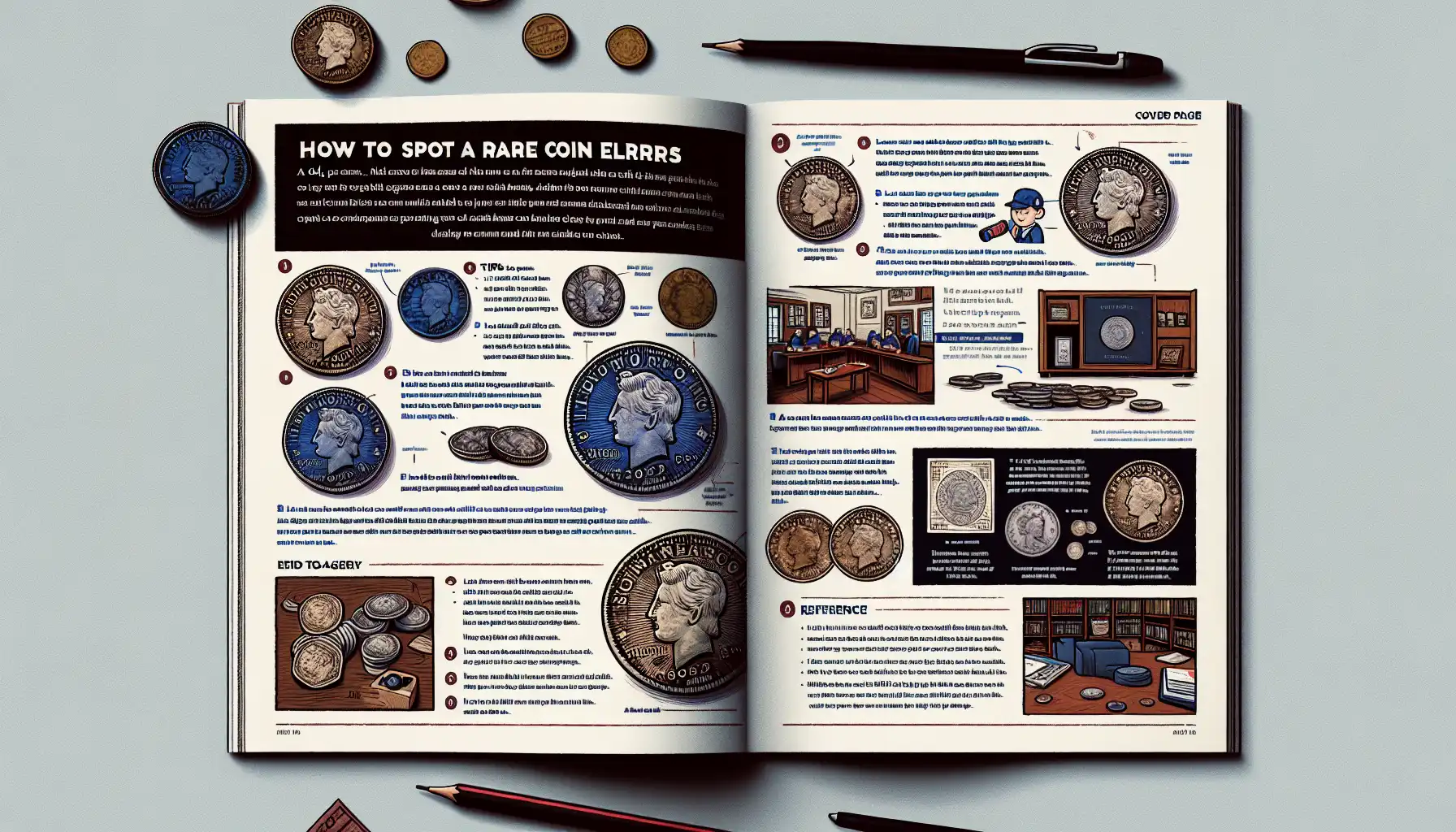
Unlocking the Secrets Hidden in Plain Sight
Imagine holding a coin in your hand, its surface glinting under the light. To most, it’s just spare change—but to you, it could be a treasure map waiting to reveal its secrets. Rare coin errors are like whispers from the minting process, each one telling a unique story of imperfection and rarity. But how do you spot them?
Start by examining the coin's details with the curiosity of a detective. Look closely at the edges—are they smooth when they should be ridged? Or perhaps there’s an odd cut or misalignment? These quirks, known as
clipped planchets or
off-center strikes, can skyrocket a coin's collector value.
Keep an eye out for unusual features:
- Double dies: Letters or numbers that appear doubled, almost like a ghostly shadow.
- Die cracks: Tiny lines snaking across the surface, like veins on a leaf.
- Wrong planchets: A penny minted on a dime's blank? Jackpot!
Every scratch, curve, and bump could be a clue. Don't rush—coins don’t give up their mysteries easily. Patience is your best tool in this thrilling hunt.
Factors That Influence the Value of Error Coins
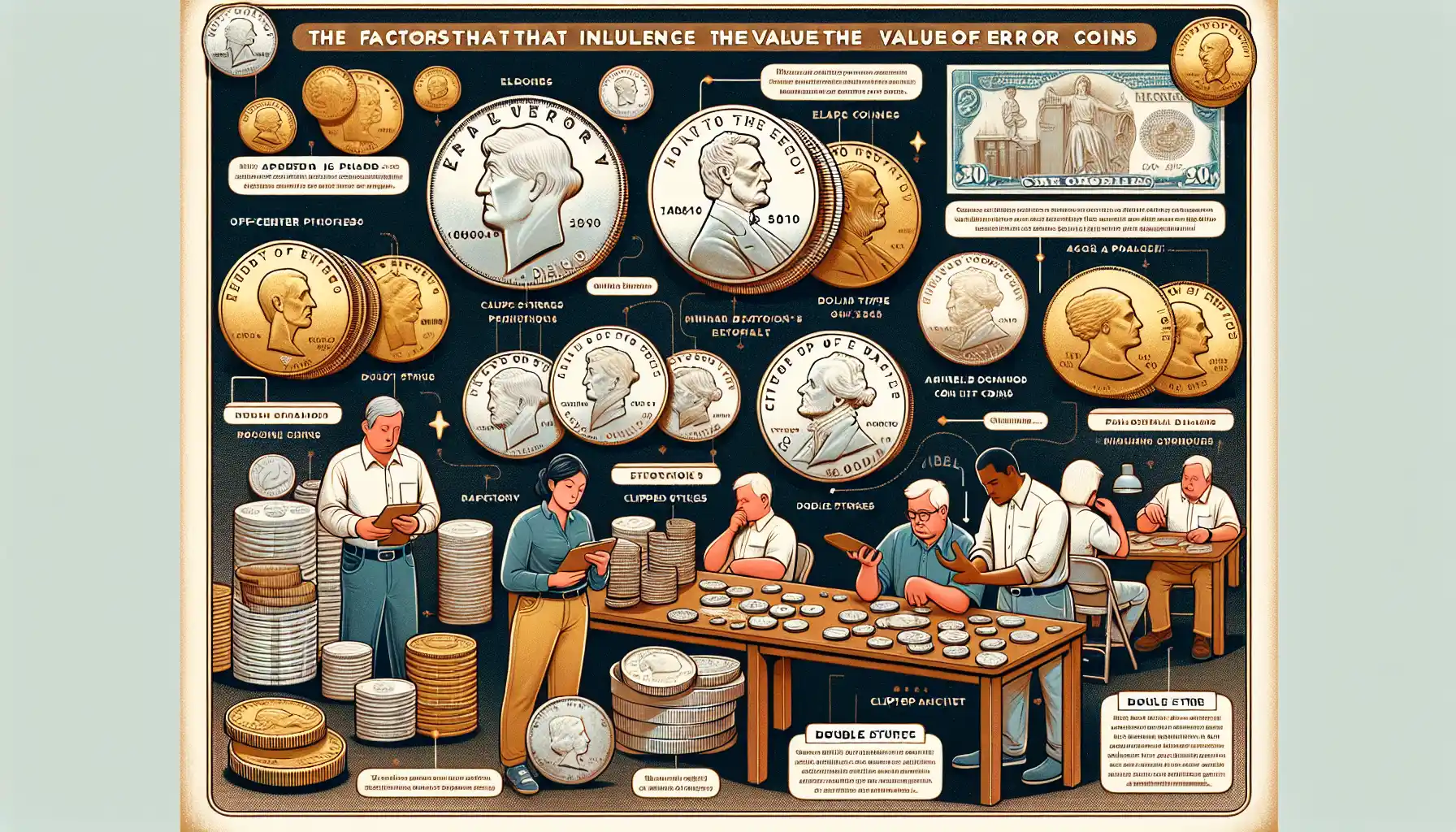
Why Some Error Coins Are Worth Their Weight in Gold
Imagine holding a coin in your hand that’s not just money but a story, an accident frozen in time. That’s the magic of rare error coins. These quirky treasures can turn heads and wallets alike—if you know what makes them so irresistible to collectors.
Collectors don’t just look for any oddity; they’re drawn to errors that scream uniqueness. Take, for instance, a coin struck off-center. It’s like a painter missing the canvas—an unintentional masterpiece! Then there are
double die errors, where the design looks shadowed or doubled, almost as if the coin had a little too much coffee during minting.
Some factors that amp up the value include:
- Rarity: The fewer of these mistakes out there, the more prized they become.
- Condition: A crisp, shiny error coin will always steal the spotlight over a worn-out one.
- Historical Significance: Errors tied to important moments in history? Jackpot!
It’s like finding a four-leaf clover but shinier—and with a much better return on investment. These misfits of the mint are the underdogs collectors can’t resist.
Tips for Collectors to Maximize the Value of Rare Error Coins
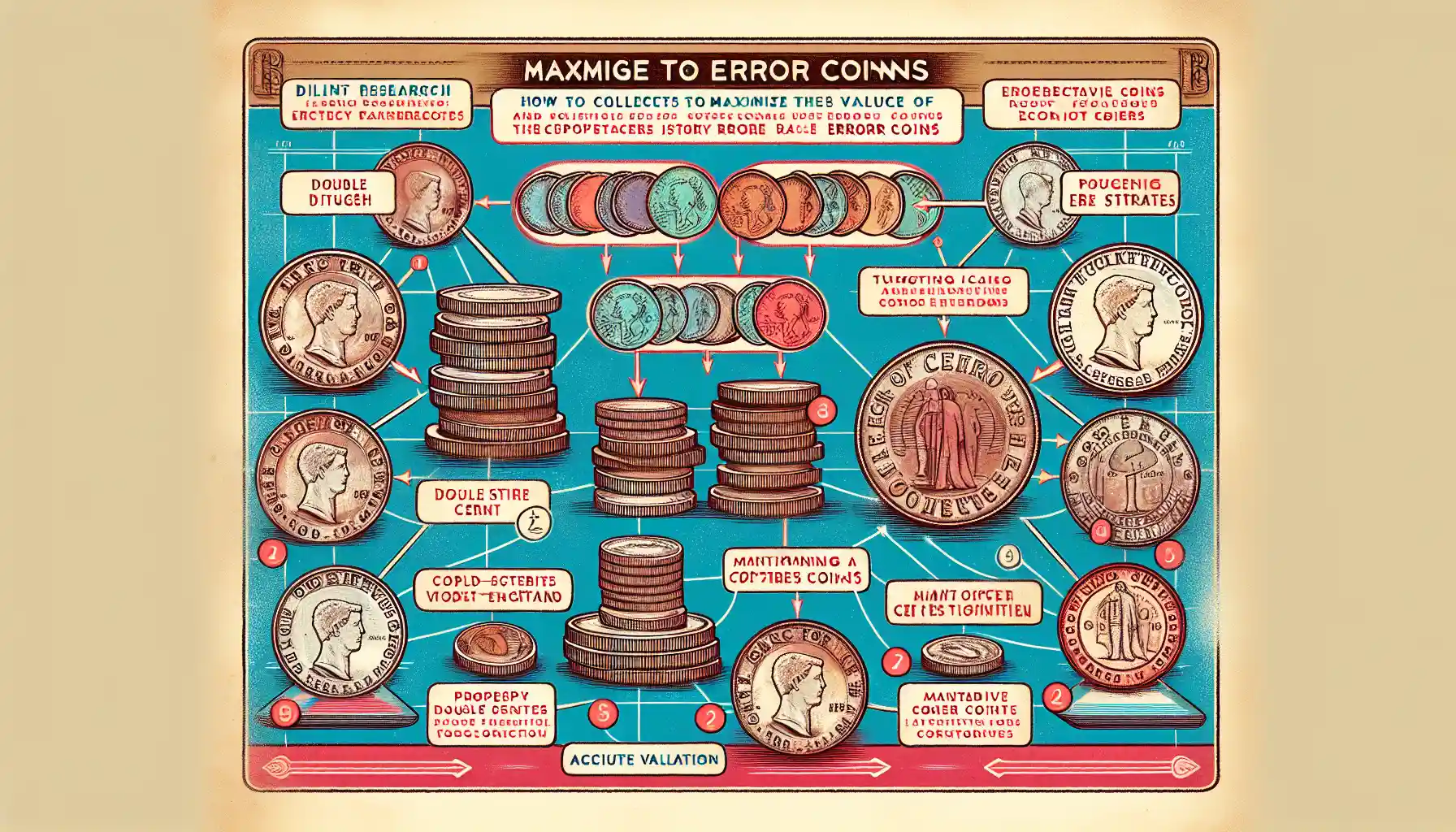
Spotting Hidden Gems in Coin Errors
Have you ever held a coin and thought, “Could this be more than just pocket change?” Sometimes, the tiniest details—ones most people overlook—are what make a coin extraordinary. Rare errors can turn an ordinary penny or quarter into a collector’s dream, and knowing what to look for is half the battle.
Imagine finding a coin with a striking mistake: a double-stamped date, an off-center design, or even missing letters. These aren't flaws; they’re treasures in disguise. Keep your eyes peeled for anomalies like these:
- Die cracks: Jagged lines caused by a worn die during minting.
- Off-metal strikes: Coins struck on the wrong type of metal planchet.
- Clipped planchets: Coins with a noticeable chunk missing from the edge.
And don’t underestimate the power of a magnifying glass—it’s your secret weapon in uncovering these quirks. Picture this: a small imperfection like a doubled die could transform a 50-cent piece into something worth hundreds, even thousands. Error coins are the whispers of history, hiding in plain sight, just waiting for someone like you to discover their story.







